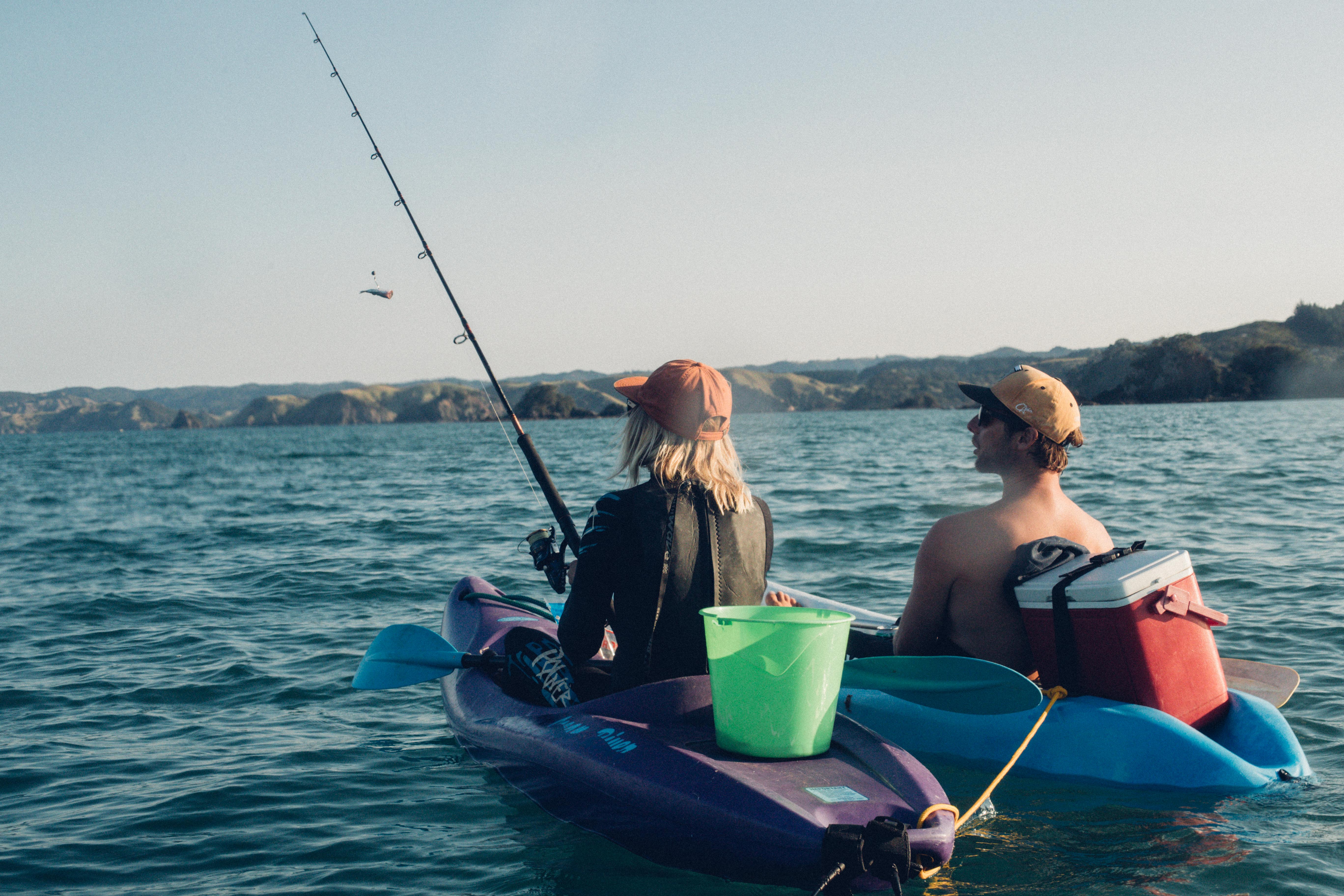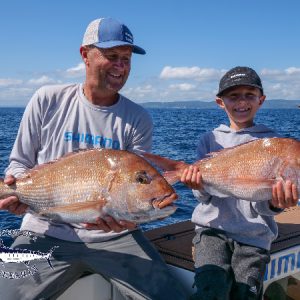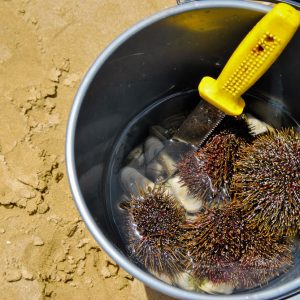In the USA June 18 is National Go Fishing Day. We don’t have an equivalent celebration of recreational fishing in New Zealand, but it’s worth considering given that for centuries fishing has contributed to our survival, and our social, economic and cultural wellbeings.
Kiwis spend a lot of money and time fishing, and the most popular take-home species for marine recreational fishers are snapper, kahawai, blue cod and red gurnard.
When it comes to shellfish, mussels, kina, pāua and pipi are by far the most common harvest. Scallops were widely popular until closures at the top of the South Island in 2017 and more recently around the North Island’s east coast, dramatically reduced harvest of this delectable shellfish.
Another popular, less useful pastime, is for critics to debate the authenticity of surveys that estimate the annual recreational catch. Yet compared to other jurisdictions, New Zealand has a world class method of estimating recreational harvest which has already attracted overseas interest.
Fisheries NZ conducted a large-scale, multi-species National Panel Survey in 2022-23. A peer reviewed report was published in 2024. This follows similar surveys in 2011-12 and 2017-18. These surveys have been successful in estimating recreational harvest for a wide range of species and fishing methods. However, the limiting factor is that national surveys are expensive and only undertaken every five or six years.
Notwithstanding those limitations, a 2018 scientific report highlights the high quality work undertaken in New Zealand. It offers assurance that Fisheries New Zealand and the Minister for Oceans and Fisheries have the best available information on recreational harvest, while also acknowledging the uncertainty of estimates in some niche, small-scale fisheries.
Survey results are used in stock assessment models as part of the work to estimate overall, annual fishing mortality and set the Total Allowable Catch (TAC). The surveys also inform management decisions, enabling the Minister to meet their statutory duty to set aside a sufficient tonnage of fish to provide for recreational and Māori customary fishing interests, before allocating the remainder as the Total Allowable Commercial Catch (TACC).
If there is not enough fish to go around, the Supreme Court has confirmed the Minister can set the TACC at zero, but the allowances for non-commercial catch must always be reasonable. The equation looks like this –
TAC minus allowances (Recreational, Māori customary and other mortality) = TACC.
Annual recreational harvest
The most recent survey shows that recreational fishers take less than 5% of the total harvest from New Zealand’s marine waters. There is some uncertainty about what is taken in some small-scale fisheries, so to be conservative the New Zealand Sport Fishing Council and LegaSea often refer to overall recreational harvest as being less than 10% of total harvest.
In terms of total weight, the 2023 survey estimates recreational harvest was less than 6,000 tonnes. This compares to around 340,000 tonnes of fish landed by commercial fishers in the same year.
Recreational fishing accounts for less than 20% of the harvest from fish populations in inshore waters, in which the public have an interest. This is, for the main species that the public targets within 12 nautical miles of the coast.
Changes over time
As New Zealand’s population dynamics change, so does the profile of recreational fishing. When compared to the 2012 and 2018 surveys, in 2023 there were fewer people fishing and less fishing trips.
In 2018 an estimated 20% of the population classed themselves as a recreational fisher. In 2023 this dropped to 18%. There were just over 1.1 million fishing trips, with 52% of those occurring in North Island waters between North Cape and East Cape.
Shellfish harvest has dramatically reduced, partly due to the scallop closures and area controls prohibiting shellfish harvesting. The degradation of inter-tidal habitat has contributed to the loss of tuatua, pipi, mussels and cockles. Between 2018 and 2023 there has also been a reduction in the amount of crayfish caught, with a 29% reduction in the amount of spiny red rock lobster landed by recreational fishers.
Economics of fishing
Recreational fishers spend almost a billion dollars a year on their fishing, to catch less than 10% of total harvest from marine waters. This generates around 1.7 billion dollars in economic activity around New Zealand. Commercial fishing earns around 1.6 billion dollars annually exporting wild-caught fish overseas, much of this is sold for less than five dollars a kilo.
There is no doubt that recreational fishing contributes to both the national wellbeing and the economy while using less destructive fishing methods to capture that take-home meal. Surely, recreational fishing is an industry and a cultural heritage worth celebrating, on one day of the year at least.
Further resources
National Panel Survey of Marine Recreational Fishers 2022-23. New Zealand Fisheries Assessment Report 2024/51. Fisheries New Zealand. August 2024.
National Panel Survey of Marine Recreational Fishers 2017-18. New Zealand Fisheries Assessment Report 2019/24. Fisheries New Zealand. July 2019.
National Panel Survey of Marine Recreational Fishers 2011-12. New Zealand Fisheries Assessment Report 2014/67. Fisheries New Zealand. November 2014.
Integrated survey methods to estimate harvest by marine recreational fishers in New Zealand. Holdsworth, J.C.; Hartill, B.W.; Heinemann, A.; Wynne-Jones, J. Fisheries Research 204 (2018) 424-432.
New Zealand Recreational Fishing Council Inc And Anor V Sanford Limited And Ors. SC 40/2008 [28 May 2009] [At 65]
Seafood Industry Forum. Forum Subgroup report back. 27 August 2024. Released under the Official Information Act. Fisheries New Zealand. May 2025.
Holdsworth, J; Rea, T; Southwick, R. Recreational Fishing in New Zealand – A Billion Dollar Industry. Produced for the New Zealand Marine Research Foundation. March 2016.
Situation and Outlook for Primary Industries. Ministry for Primary Industries. June 2025. [p.102]





